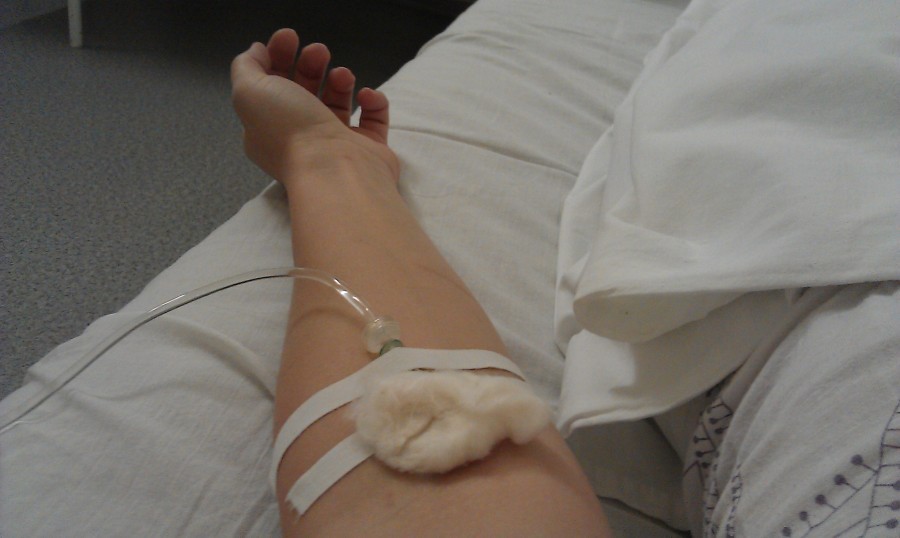Diagnosis of anthrax in eight employees of the Khujand-based private kindergarten has not been confirmed. All of them have been diagnosed with staphylococcus aureus.
“Repeated tests for anthrax bacteria have not confirmed the diagnosis of anthrax in the hospitalized employees of the Navbahor kindergarten. All the tests were negative,” said Umed Nourullozoda, the head sanitary physician of the Sughd Center for Epidemiological and Sanitary Supervision. “All of them have been diagnosed with staphylococcus aureus.”
“Their health condition is satisfactory and nothing threatens their lives,” Nourullozoda added.
Recall, eight employee of Khujand-based private kindergarten “Navbahor” have been hospitalized on suspicion of contracting anthrax. other employees will be ready today evening.
On August 23, the head of the “Navbahor” kindergarten distributed beef meat to the kindergarten employees on the occasion of Idi Qurbon or Eid al-Adha holiday.
On August 25, one of the kindergarten teachers felt bad and consulted a doctor. She reportedly had ulcers on the skin and was hospitalized on suspicion of contracting anthrax.
Seven other employees of the kindergarten were also hospitalized on August 27 on suspicion of contracting anthrax.
The Khujand prosecutor’s office has launched an investigation into the case.
For the last time cases of anthrax were revealed in Tajikistan in 2013. They were reportedly revealed in the northern Sughd province.
Anthrax is an acute infectious disease that commonly infects wild and domesticated mammals that ingest or inhale the spores while grazing. Infection in humans typically occurs in individuals closest to the animals, during slaughtering, meat processing, or by contact with animal products such as leather, fur, and wool.
Staphylococcus aureus is a Gram-positive, round-shaped bacterium that is a member of the Firmicutes, and it is a member of the normal flora of the body, frequently found in the nose, respiratory tract, and on the skin. It is often positive for catalase and nitrate reduction and is a facultative anaerobe that can grow without the need for oxygen. Although S. aureus is not always pathogenic (and can commonly be found existing as a commensal), it is a common cause of skin infections including abscesses, respiratory infections such as sinusitis, and food poisoning. Pathogenic strains often promote infections by producing virulence factors such as potent protein toxins, and the expression of a cell-surface protein that binds and inactivates antibodies.
S. aureus can cause a range of illnesses, from minor skin infections, such as pimples, impetigo, boils, cellulitis, folliculitis, carbuncles, scalded skin syndrome, and abscesses, to life-threatening diseases such as pneumonia, meningitis, osteomyelitis, endocarditis, toxic shock syndrome, bacteremia, and sepsis. It is still one of the five most common causes of hospital-acquired infections and is often the cause of wound infections following surgery.







